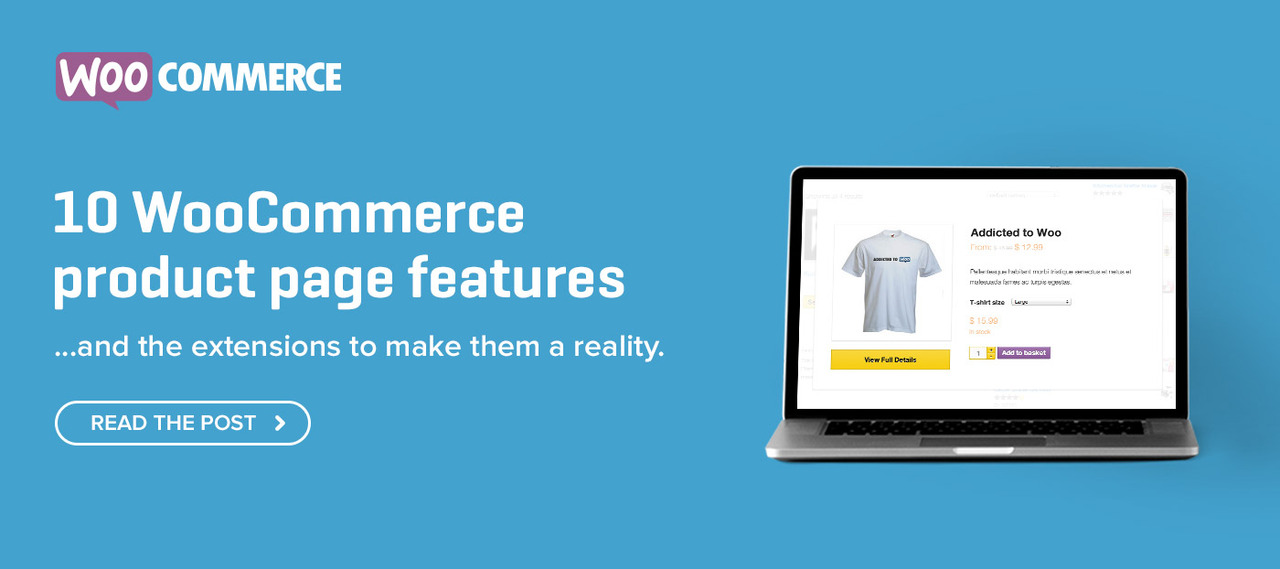 Let’s get this out of the way: lead capturing is just giving people what they’re looking for.
Let’s get this out of the way: lead capturing is just giving people what they’re looking for.
To expand on that definition, it’s the process of guiding them in the direction of information that’ll get them interested in you.
It begins as soon as they see your ad and click on it, ends when they buy a product, and is implemented through what’s called a Lead Capture System.
A Lead Capture System, or Lead Management System, is really just a fancy term for your website’s sales process.
It consists of targeted marketing, a landing page with clear instructions for what you want them to do and how to get in contact with you, and finally, a way of getting in touch with them afterwards.
Let’s take those steps in order.
1. Targeted Marketing
Who are you selling to? No; not just “anyone who wants your product.”
Who are you really selling to? How old are they? What are their lives like? What attracts them to your product and what do they use it for?
If you don’t know, find out. Before you start building anything, you have to know who you’re building for. So, while your ad campaign isn’t technically part of the lead capture process, the information about your customer demographics that you get from it absolutely is.
Secondly, are you aiming at entirely new customers? Returning customers? Leads from your email list?
If you’re marketing to prospects or entirely new customers, you can’t sell as hard or you’ll turn them off. Remember, they just walked in the door, so you can’t start shoving products into their hands. They need more indirect methods of selling, such as helpful content that doesn’t directly advertise your products. This can include interesting videos, newsworthy stories, or just to use a random example, well written and informative articles on lead capture systems 😉
Once you’ve established a list of leads, your goal should be to turn them into customers. This is often done by getting them to register either for interesting news updates related to your project, an e-course, or a program that offers regular free downloads. Whatever it is, it has to get them reading your emails and returning to your website.
Another factor is what you’re selling. If it’s an item that people are looking for anyway, it can be fairly straightforward, and you can give people the offer to buy it on their first visit. For people who sell services or more esoteric products, the lead capturing process gets much more complicated.
2. The Landing Page
The landing page is the page of the website that your customers will be directed to from a marketing campaign. It’s the most important step towards to lead capturing. That’s why it’s often called the “lead capturing page.”
If your advertisements lead to your homepage, you’re doing it wrong. You need a landing page designed to get a specific result. Fortunately, internet marketers have long since figured out the winning template: an interesting headline, a form for their contact information, and a call to action.
You might want to start with the headline, as it’s the most important part. Surveys indicate that 80% of a page’s communication to a customer is done through the headline.
At this point, we should also introduce the concept of “message match.” Message match is how well your landing page matches the message you sent in the particular ad that led to it. Ad campaigns with poor message match are often referred to as “misleading,” “spam,” and “how do I block this crap?”
For example, if you advertise a sale on the Widget Deluxe 3000, and when you click on the ad, it leads to a catalog of every widget you sell, with the WD3K not showing up until the fifth page, that’s terrible message match, and will just irritate your customers.
In many cases, it’s a good idea for the headline on your landing page to match the ad headline verbatim. In other cases, make sure it at least matches it very closely.
Another term to remember is “attention ratio,” or the ratio of desired actions a potential customer has to the number of ones that distract from your message. So, for example, if your page has fifty other links and buttons in addition to the one that takes them further into the sales process, that’s a pretty bad attention ratio, right? But it’s not at all out of the ordinary. In fact, the average is 40:1.
But you want yours as low as possible. Ideally, your landing page will direct customers only to the next step, possibly with a few navigation buttons if there’s some other part of your site you really want them to see at that moment.
Side Note: Building Trust
Throughout this process, you have to establish yourself as a legitimate business, as opposed to some fly-by-night operation that steals information and bombards inboxes with ads for dubious medicines.
Your presentation is a major part of that – invest the time and money into professional design and good writing. Scammers, of course, are known for having neither. Also, include an anti-spam statement – personal-sounding, strongly-worded ones about how much you hate spam are particularly effective. Just remember to keep the “professional” part in mind as you’re writing them!
Finally, testimonials from other customers and previews of the content your subscribers receive will do a lot to convince them that you’re legitimate. And quotes of positive press from respected media sources, if you have any, are extremely effective.
The Lead Capture Form
The biggest feature of your landing page – as far as size goes, anyway – is the lead capture form. Simply put, it’s where your customers put their contact information, so you can send them information about things you’d like them to know.
What should you ask for on your lead capture form? It depends on what you’re trying to achieve. Basically, you need the minimum amount of information you require to advertise to their specific needs. If you’re sending them articles or a podcast, for example, you only need their name and email address. You probably don’t record a specific podcast for each demographic; everyone gets the same one. So you just need to get it to them. On the other end of the scale, if you’re sending out estimates for a consulting business, you’ll need a ton more information so you’ll know exactly what the job will require.
But you still want to spend a lot of time deciding exactly what information you need so you can whittle it down to the bare minimum: the more information you ask for via your lead capture form, the lower your conversion rates. So keep that in mind.
However, one thing that can increase your leads’ patience is to offer an incentive for filling it out. This usually takes the form of more of that free content we mentioned earlier. Feel free to personalize it as much as you want, though. A few websites even hint that if customers give them their date of birth, they might have a birthday surprise coming.
And a piece of advice: for returning customers or leads, make sure that as many fields as possible in your conversion form are auto-filled when the customer gets there. That will reduce the amount of time it takes to get from arrival to sale.
And at the bottom of the lead capture form, you’ll place…
The Call to Action
This is a word you’ll hear a lot in the marketing community, and for good reason. This is what we were talking about when we said you need “clear instructions for what you want your customer to do” when they reach your page.
On the internet, the call to action usually takes the form of a big, bright button with a simple sentence on it.
We can’t overstress the importance of keeping the call to action simple. Just one button, with a simple command that lets the reader know exactly what’s going to happen when they push it, expressed in as few words as possible.
A word of advice, however: no matter what tone and tense your copy is written in, it’s been proven that calls to action that match the reader’s inner voice are the most successful. That means write in first person, in language your target audience is likely to use. For example, “sign me up” has been shown to convert better than simply “sign up.”
Color is also an important part of the design process. Green, orange, and red buttons are proven to be better converters than black or gray ones. The colors we’re naturally hardwired to recognize as important stand out more.
As a side note, you don’t have to stick to that formula. Plenty of landing pages are primarily ad copy, with a call-to-action button that leads to the lead capture form, then another one at the end of the form.
Conclusion
Lead capture is a simple idea with many complex methods of execution. Pick the one that’s best for you, and don’t be afraid to experiment. The guidelines are usually the same though, and I hope this a good cheat sheet for them.
Anything I missed? Have any brilliant new ideas that will revolutionize the lead capturing field? Let us know in the comments!
Image: Lily

very nice article, compliments